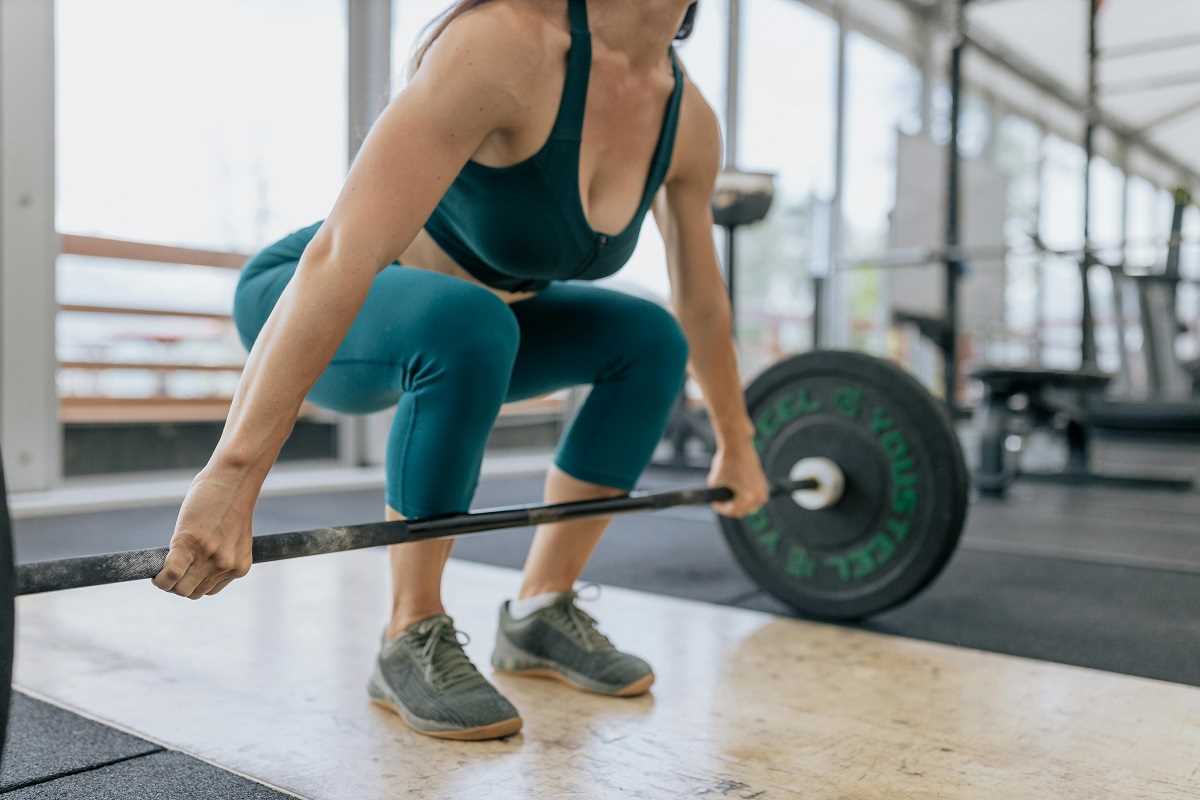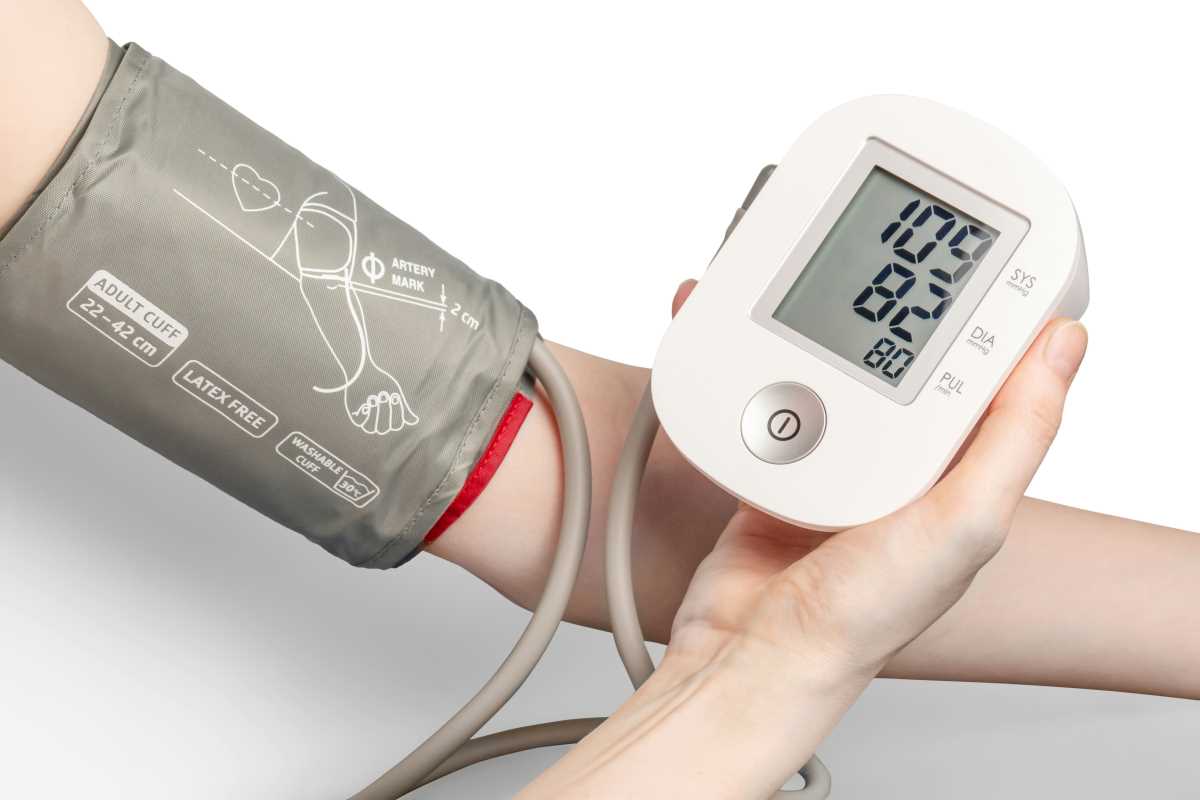Let's talk about something that doesn't come up at the gym or during your weekend golf chat: your pelvic floor muscles. You might be wondering, "What the heck are those?" Don't worry – most guys have never heard of them either. But here's the thing: these muscles are more important than you think, especially as you hit your 40s, 50s, and beyond.
What Are Pelvic Floor Muscles Anyway?
Think of your pelvic floor as a hammock of muscles that stretches from your tailbone to your pubic bone. These muscles support your bladder, bowel, and other organs in your pelvis. They're like the foundation of a house – when they're strong, everything above stays in place. When they're weak, things can get... well, a little shaky.
Why Should You Care About These Muscles?
Here's where it gets real. Weak pelvic floor muscles can lead to problems that many middle-aged men deal with but rarely talk about:
- Bladder control issues – You know those moments when you sneeze and... oops
- Sexual health problems – Weak pelvic floor muscles can affect your performance
- Lower back pain – These muscles are part of your core support system
- Bowel control difficulties – Nobody wants to worry about this
The good news? You can strengthen these muscles just like any other muscle group. And no, you don't need special equipment or a gym membership.
The Benefits of Strong Pelvic Floor Muscles
When you work on strengthening your pelvic floor, you're investing in:
- Better bladder control – No more rushing to the bathroom or worrying about leaks
- Improved sexual function – Stronger muscles can lead to better erections and more intense orgasms
- Enhanced core stability – Your whole midsection becomes more stable
- Reduced back pain – A strong pelvic floor supports your spine
- Better posture – These muscles help keep you standing tall
The Best Pelvic Floor Exercises for Men
1. Kegel Exercises
Kegels are the gold standard for pelvic floor strengthening. Don't let the name fool you – these aren't just for women.
How to do them:
- First, find your pelvic floor muscles. Next time you're urinating, try to stop the flow midstream. Those muscles you just used? That's your pelvic floor.
- Once you've identified the right muscles, you can do Kegels anywhere – sitting, standing, or lying down.
- Tighten your pelvic floor muscles and hold for 3 seconds.
- Relax for 3 seconds.
- Repeat 10-15 times, three times a day.
Pro tip: Don't hold your breath or squeeze your buttocks, thighs, or stomach muscles while doing Kegels. Focus only on those pelvic floor muscles.
2. Squats
Squats aren't just for leg day – they're fantastic for your pelvic floor too. The deep squatting motion engages these muscles naturally.
How to do them:
- Stand with your feet shoulder-width apart.
- Lower your body as if you're sitting back into a chair.
- Keep your chest up and your weight in your heels.
- Go down until your thighs are parallel to the floor (or as low as you can comfortably go).
- Push through your heels to return to standing.
- Start with 10-15 squats and work your way up.
3. Bridge Exercise
Bridges target your glutes, core, and pelvic floor muscles all at once. It's like a three-for-one deal.
How to do them:
- Lie on your back with your knees bent and feet flat on the floor.
- Place your arms at your sides for support.
- Squeeze your glutes and lift your hips off the ground.
- Create a straight line from your knees to your shoulders.
- Hold for 2-3 seconds, then lower slowly.
- Repeat 10-15 times.
4. Dead Bug Exercise
This might sound silly, but the dead bug is excellent for core stability and pelvic floor activation.
How to do them:
- Lie on your back with your arms reaching toward the ceiling.
- Bend your knees and hips to 90 degrees (like you're sitting in an invisible chair).
- Slowly lower your right arm overhead while extending your left leg straight.
- Return to starting position and repeat with the opposite arm and leg.
- Keep your lower back pressed against the floor throughout the movement.
- Do 5-10 reps on each side.
5. Wall Sits
Wall sits are great for building endurance in your legs and engaging your pelvic floor muscles.
How to do them:
- Stand with your back against a wall.
- Slide down until your thighs are parallel to the floor.
- Keep your feet shoulder-width apart and your knees at 90 degrees.
- Hold this position for 20-30 seconds to start.
- Work your way up to holding for 60 seconds or more.
Tips for Getting Started
Start slow: Like any exercise routine, begin with what feels comfortable and gradually increase intensity.
Be consistent: Aim to do pelvic floor exercises daily. Think of them like brushing your teeth – just part of your routine.
Be patient: You might not notice improvements for 4-6 weeks. Stick with it.
Focus on form: It's better to do fewer reps correctly than many reps poorly.
Make it a habit: Do your Kegels during your morning coffee, at red lights, or while watching TV.
When to See a Professional
If you're dealing with persistent bladder control issues, pain during exercises, or sexual health concerns, don't tough it out alone. A healthcare provider or pelvic floor physical therapist can help you develop a personalized plan.
 (Image via
(Image via





